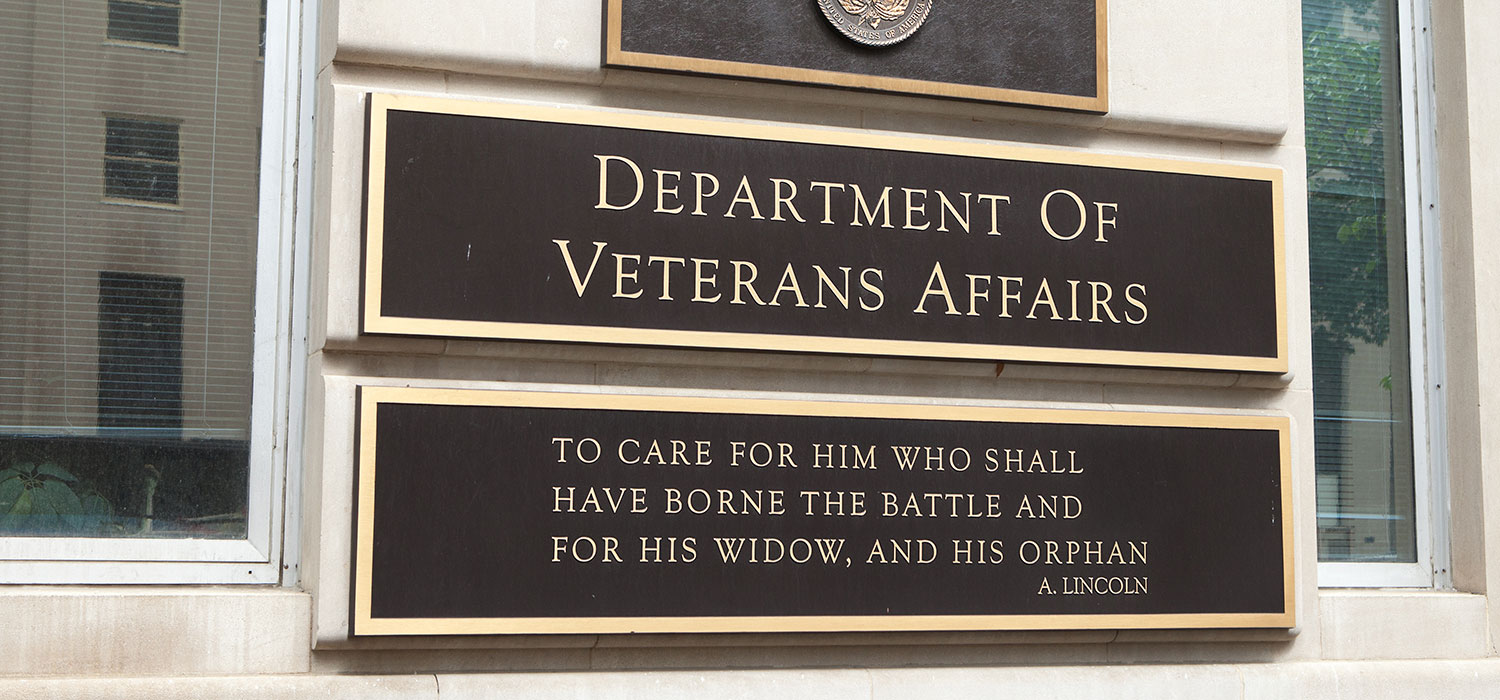
There’s been plenty of talk lately about the future role of the government sponsored enterprises (GSEs), Fannie Mae and Freddie Mac, given the impending seventh anniversary of their takeover by the government. But what about longstanding government mortgage programs? What do programs like the Federal Housing Administration (FHA), the Department of Veteran’s Affairs (VA), and the Government National Mortgage Association (Ginnie Mae) really do for the US mortgage market?
At a recent seminar co-hosted by the Urban Institute and CoreLogic, panelists from these three government agencies and Housing Finance Policy Center director Laurie Goodman clarified these agencies’ critical, if often overlooked, role in keeping the nation’s mortgage market healthy.
With Stuart Quinn of CoreLogic moderating, five key program benefits emerged:
-
FHA helps stabilize the mortgage market. The FHA’s mission is twofold, according to Ed Golding, FHA’s principal deputy assistant secretary: to play a counter-cyclical role in the mortgage market and to ensure access to credit for underserved borrowers. This role ensures that mortgage credit is available in good times and bad. When the private mortgage market is thriving, FHA’s role gradually shrinks; but when private sources of financing pull back, as happens commonly during downturns, FHA responds by expanding its share to ensure credit remains available.

- FHA ensures broad access to mortgage credit. By insuring mortgages with down payments as low as 3.5 percent for borrowers with lower credit scores, the FHA enables more borrowers to become homeowners. FHA is clearly succeeding in this mission to serve low- and moderate-income households and first-time homebuyers, who often find it difficult to obtain financing from private sources. As Golding pointed out, “…while credit remains exceptionally tight throughout the industry, FHA remains the predominant provider of loans to borrowers with less than perfect credit scores.”
- FHA is balancing its mission with risk and profitability. Although FHA’s Mortgage Mutual Insurance (MMI) fund is currently below its congressionally mandated level, Goodman pointed out that the “[the] fund is a poor indicator of FHA’s profitability. The presence of reverse mortgages, which are highly sensitive to interest rates, distorts the MMI fund valuation, as do the loans from the pre-2008 period when FHA’s insurance premiums were quite low.” Premiums have increased significantly in recent years, and even with the January 2015 reduction, the fees are still well above 2000-2010 levels, while FHA mortgages originated in today’s environment are quite profitable.
- The VA offers veterans a substantial reward for their service to our country. The VA program has a very different mission than FHA’s: to help veterans buy and own homes in recognition of their service to the nation. It is not focused on first-time homebuyers. There are other differences as well, emphasized Mike Frueh, director of the VA Home Loan Program: the VA program is not a low-down payment program—it’s a no-down payment program, no mortgage insurance is required, and lenders retain a portion of the credit risk for VA loans. The great news about this program is its growth in recent years. Over the past year, VA loans comprised 39 percent of Ginnie Mae volume, up from 33 percent the two previous years.
- Ginnie Mae has helped bring private capital back to the mortgage market. John Getchis, senior vice president of Ginnie Mae, told the audience that private capital is coming back through Ginnie Mae in the form of smaller non-depository issuers, which have grown consistently in recent years, picking up the slack as many of the traditional depository institutions have scaled back their commitment to mortgage lending. The result? Ginnie’s top five issuers now comprise only 39 percent of the total 2015 year-to-date issuance compared to 76 percent in 2011. The non-depository share of Ginnie Mae issuance now stands at 64 percent, up from 18 percent in 2010. According to Goodman, the rising share of non-depositories, which face less regulatory scrutiny than depositories do, is undoubtedly a challenge for regulators.
Tune in and subscribe today.
The Urban Institute podcast, Evidence in Action, inspires changemakers to lead with evidence and act with equity. Cohosted by Urban President Sarah Rosen Wartell and Executive Vice President Kimberlyn Leary, every episode features in-depth discussions with experts and leaders on topics ranging from how to advance equity, to designing innovative solutions that achieve community impact, to what it means to practice evidence-based leadership.